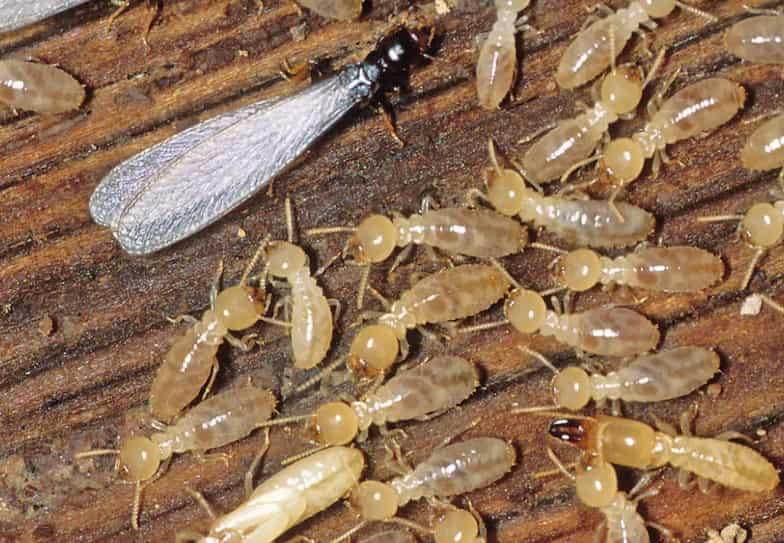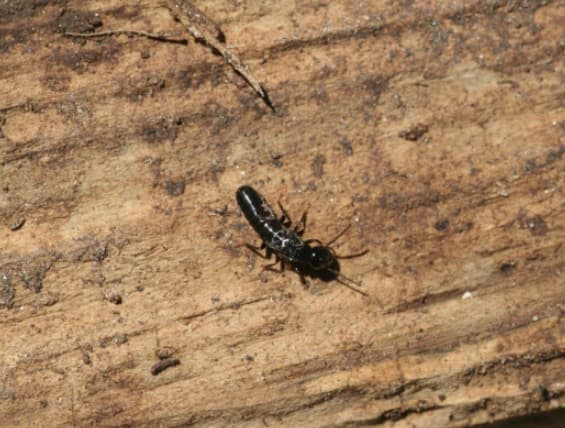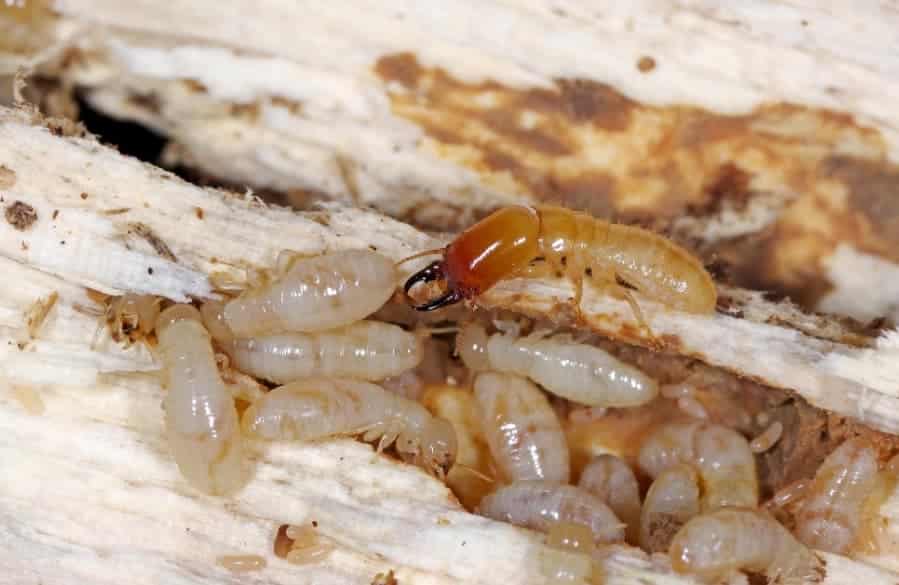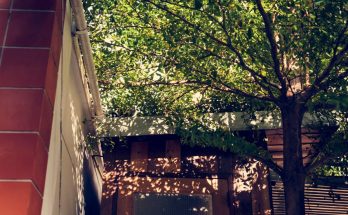Are you aware that Arizona is home to four distinct termite species? Drawing a parallel with bees, termites too are eusocial creatures. Each group within the termite colony undertakes specific roles, a characteristic inherent to all termite species found in Arizona.
The industrious worker termites nourish and uphold the colony, whereas the gallant soldier termites stand guard, defending their realm. The reproductive faction, known as swarmers, consists of the paramount queen.
Their pivotal responsibility? Augmentation of their current domain and the inception of nascent colonies. The prolific queen tirelessly lays hundreds, if not thousands, of eggs, ensuring the unbroken continuity of the colony.
Then, we have the winged termites, the airborne male and female alates, emerging from their native colonies with the mission to mate and establish new nests in uncharted territories.
Termites in Arizona
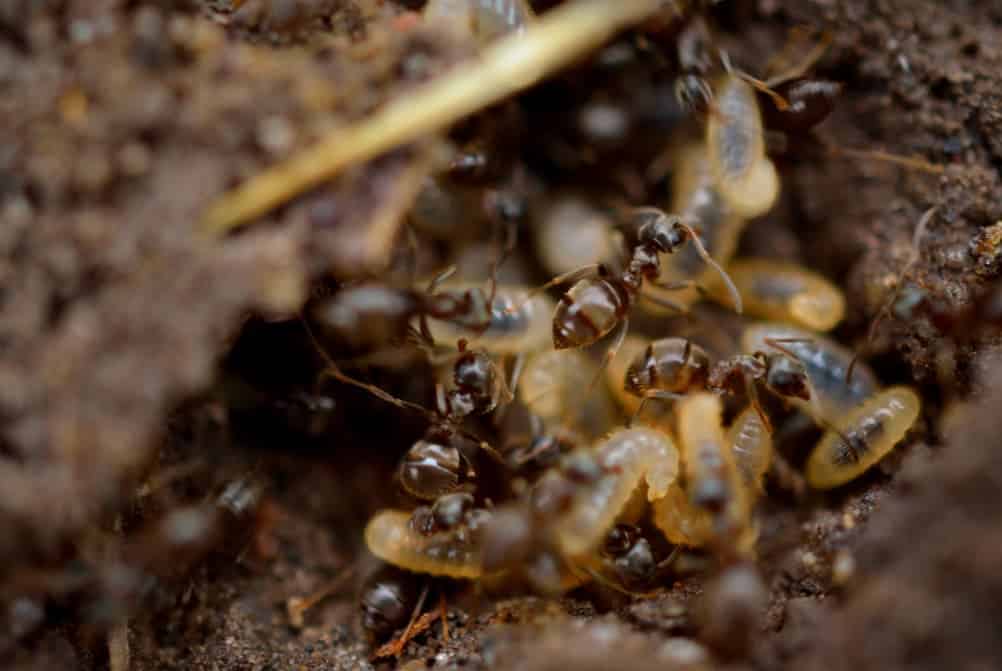
A common query many have is, do termites pose a biting threat to humans? The answer is quite fascinating. Termites infrequently interact with humans in such a manner.
Termite bites seldom have detrimental effects as these insects don’t actively seek humans nor feed on their blood.
Instead, their appetite primarily gravitates towards wood, leading to accelerated wood degradation, translating to significant property damage.
Delve deeper to acquaint yourself with the quartet of termite species endemic to Arizona. Gain insights on how to identify Termites in Arizona, discern their preferred sustenance, and recognize telltale indicators, such as unique termite droppings, signaling an impending infestation.
How to Remove Termites from Houses in Arizona?
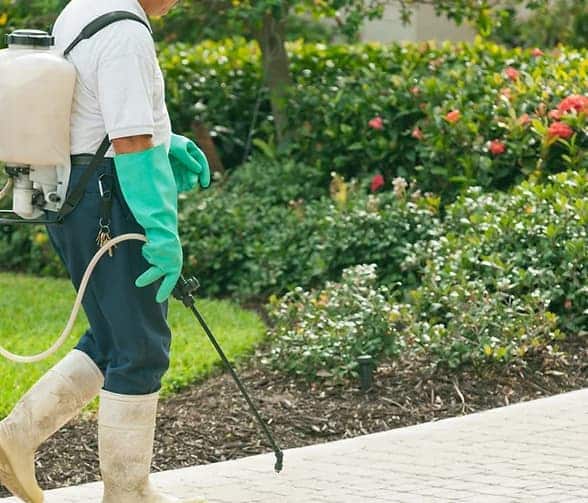
Termites, often dubbed the “silent destroyers”, wreak havoc on countless homes in Arizona.
As these pests silently consume your home, understanding their nature and habits is the key to eradicating them.
Addressing a termite problem promptly can save homeowners significant repair costs.
Understanding the Enemy: Types of Termites in Arizona
Arizona, with its unique desert ecosystem, is host to several termite species, each with distinct behaviors and habitats:
- Desert Subterranean Termites: These termites thrive in the arid heat, typically feasting on desert plants and timbers.
- Arid Subterranean Termites: Ubiquitous across various Arizona terrains, from canyons to high altitudes, they have a varied diet that includes wood and cellulose material.
- Western Drywood Termites: Often found in coastal regions, they can cause monumental damage by establishing multiple colonies within a single structure.
- Desert Dampwood Termites: These termites are anomalies in the arid region, relying on wood with a high moisture content, often found around citrus groves.
Signs of a Termite Infestation
Identifying an infestation early is crucial for limiting damage. Look out for:
- Mud tubes: Termites build these pencil-thin paths along walls, foundations, and crawl spaces to maintain their humidity levels.
- Hollow-sounding timber: Termites prefer the cellulose in wood, leaving a mere veneer which, when tapped, sounds hollow.
- Frass: These termite droppings are telltale signs of their presence.
- Swarming termite wings: Shed wings often indicate termites have chosen their home for their new colony.
Natural and Chemical Solutions for Termite Removal
To bid adieu to these pests, consider these approaches:
- Diatomaceous earth: A natural insect killer, this powdery substance inflicts lethal cuts on termites.
- Borate salt treatments: Applied to wood, it not only kills termites but deters them.
- Beneficial nematodes: These are microscopic worms that seek out termite larvae, entering their hosts to feed.
- Liquid termite treatments: These chemical barriers deter and kill termites attempting to infiltrate your home.
Preventive Measures: Keeping Termites at Bay
An ounce of prevention is worth a pound of cure. Adopt these strategies:
- Routine inspections: Regular professional checks ensure early detection.
- Moisture control: Termites thrive in moist environments. Keep your home dry to make it less inviting.
- Wood treatments: Apply protective solutions to make wood inedible for termites.
- Barrier installations: Use physical or chemical barriers to impede termite entry.
More Related Guides:
Conclusion:

